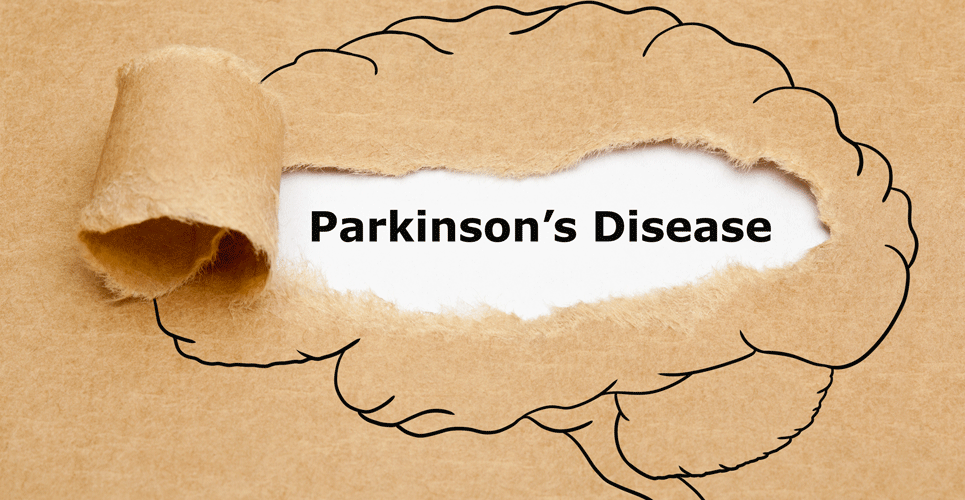An RCT has found that subcutaneous foslevodopa foscarbidopa improved symptom control in advanced Parkinson’s disease compared to oral therapy
Using a subcutaneous infusion of foslevodopa and foscarbidopa (a phosphate prodrug) in patients who have advanced Parkinson’s disease, increases the time spent in treatment ‘on time’ and a reduces the treatment ‘off time’ but without troublesome dyskinesia according to the results of a randomised, double-blind, double-dummy, active-controlled trial by US and Australian researchers.
Parkinson’s disease (PD) is a chronic, progressive neurodegenerative disease characterised by both motor and non-motor features with the former symptoms attributed to the loss of striatal dopaminergic neurons. The incidence of Parkinson’s disease increases with age and globally, there are an estimated 10 million people living with the condition.
The gold standard treatment is levodopa (L-dopa) which has been used in clinical practice since the 1960’s and is a precursor of dopamine which crosses the blood-brain barrier, thus increasing dopamine production in the brain and helping to manage Parkinsonism symptoms. In addition, carbidopa, a decarboxylase inhibitor, is added to levodopa formulations to decrease the peripheral conversion of L-dopa to dopamine, reduce gastrointestinal side effects and increase central nervous system levodopa bioavailability. However, as PD progresses higher and more frequent doses of treatment are required, and this leads to dyskinesias at high dopamine concentrations and increased “off” time when levels fall back. Consequently, patients with advanced Parkinson’s experience periods where they have good disease control (referred to as ‘on time’) and times of poor motor control and mobility (i.e., ‘off time’). In an effort to mitigate these fluctuations in levodopa, researchers examined a soluble levodopa-carbidopa phosphate prodrug (foslevodopa foscarbidopa) and which releases the two main treatments once in the circulation, as a continuous, subcutaneous infusion. This early study demonstrated consistent and stable LD plasma exposure, supporting further studies of this treatment.
For the current study, researchers undertook a 12-week randomised, double-blind, double-dummy, active-controlled study in patients with levodopa-responsive advanced Parkinson’s disease that was inadequately controlled on current therapy, including at least 2·5 hours of average daily off time. Participants were randomly assigned 1:1, to either continuous subcutaneous infusion of foslevodopa foscarbidopa plus oral placebo or to oral immediate-release levodopa-carbidopa plus continuous subcutaneous infusion of placebo solution. The primary efficacy endpoint was the change from baseline to week 12 in hours of average on time without troublesome dyskinesia and off time.
Foslevodopa foscarbidopa and treatment outcome
A total of 141 participants with a mean age of 66.4 years (30% women) were randomised to foslevodopa foscarbidopa (74) or oral levodopa carbidopa and the mean duration of PD was 8.58 years.
Compared to oral levodopa-carbidopa, participants assigned to foslevodopa foscarbidopa showed a significantly greater increase in on time without troublesome dyskinesia (mean change from baseline = 2·72 vs 0·97 hours) and this mean difference (MD) of 1.75 hours was statistically significant (p = 0.0083). There was also a significantly reduced ‘off time’ compared to oral therapy (MD = -1.79, p = 0.0054).
The most frequent adverse events in the foslevodopa foscarbidopa group were infusion site adverse events including erythema (27%), pain (26%), cellulitis (19%) and oedema (12%), most of which were non-serious and mild-moderate in severity.
The authors concluded that foslevodopa foscarbidopa has a favourable benefit-risk profile and represented a potential non-surgical alternative for patients with advanced Parkinson’s disease.
Citation
Soileau MJ et al. Safety and efficacy of continuous subcutaneous foslevodopa-foscarbidopa in patients with advanced Parkinson’s disease: a randomised, double-blind, active-controlled, phase 3 trial. Lancet Neurol 2022.

